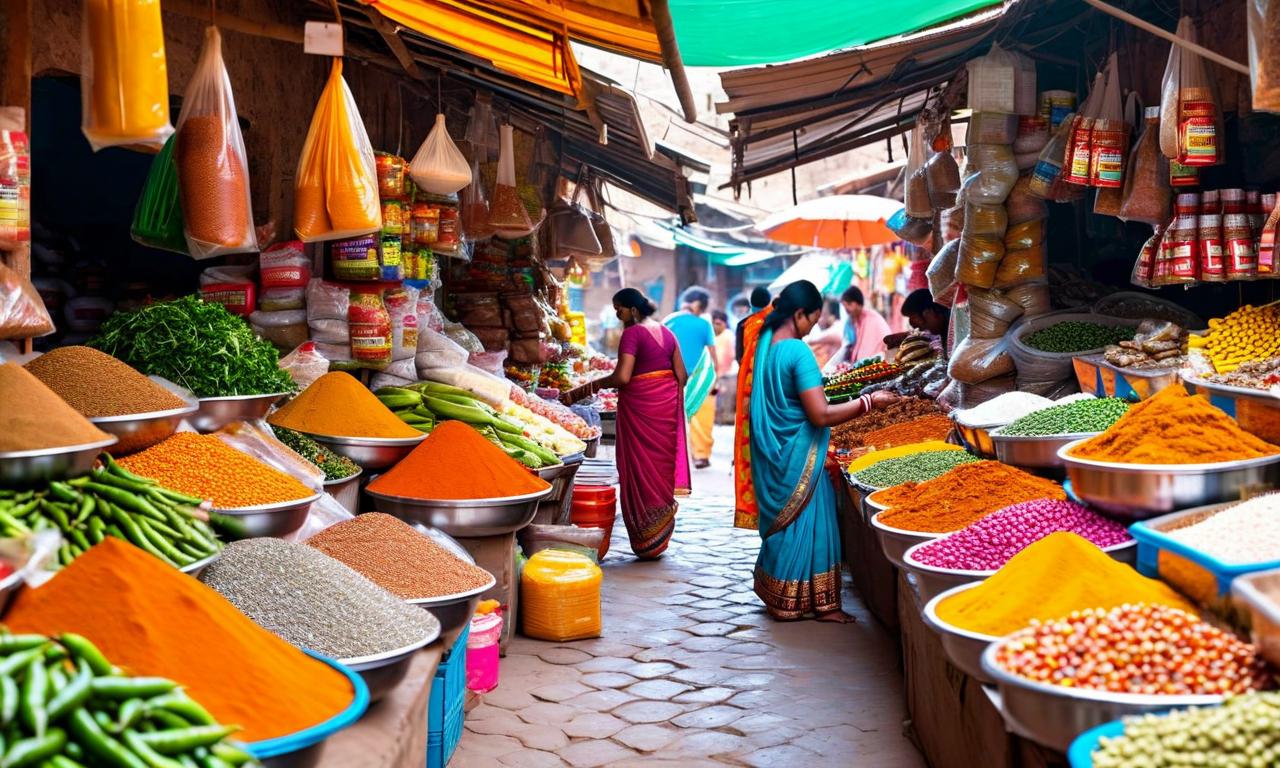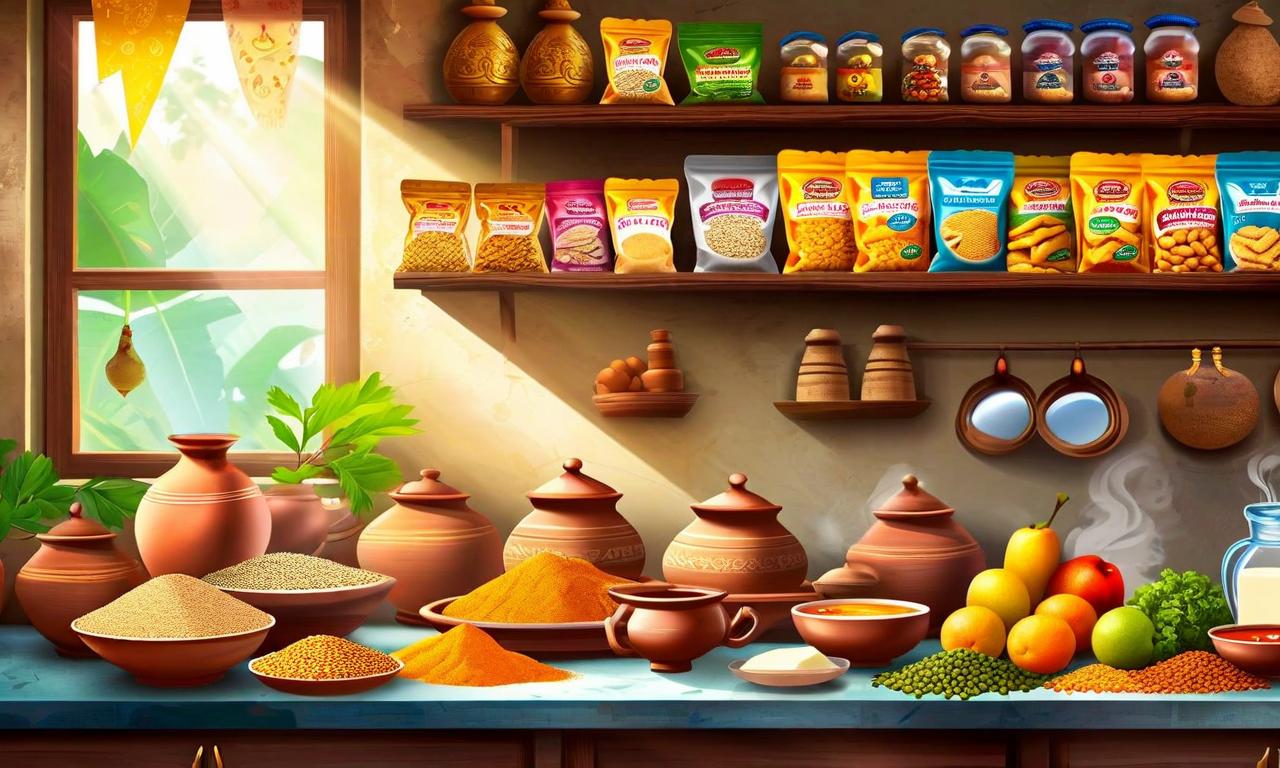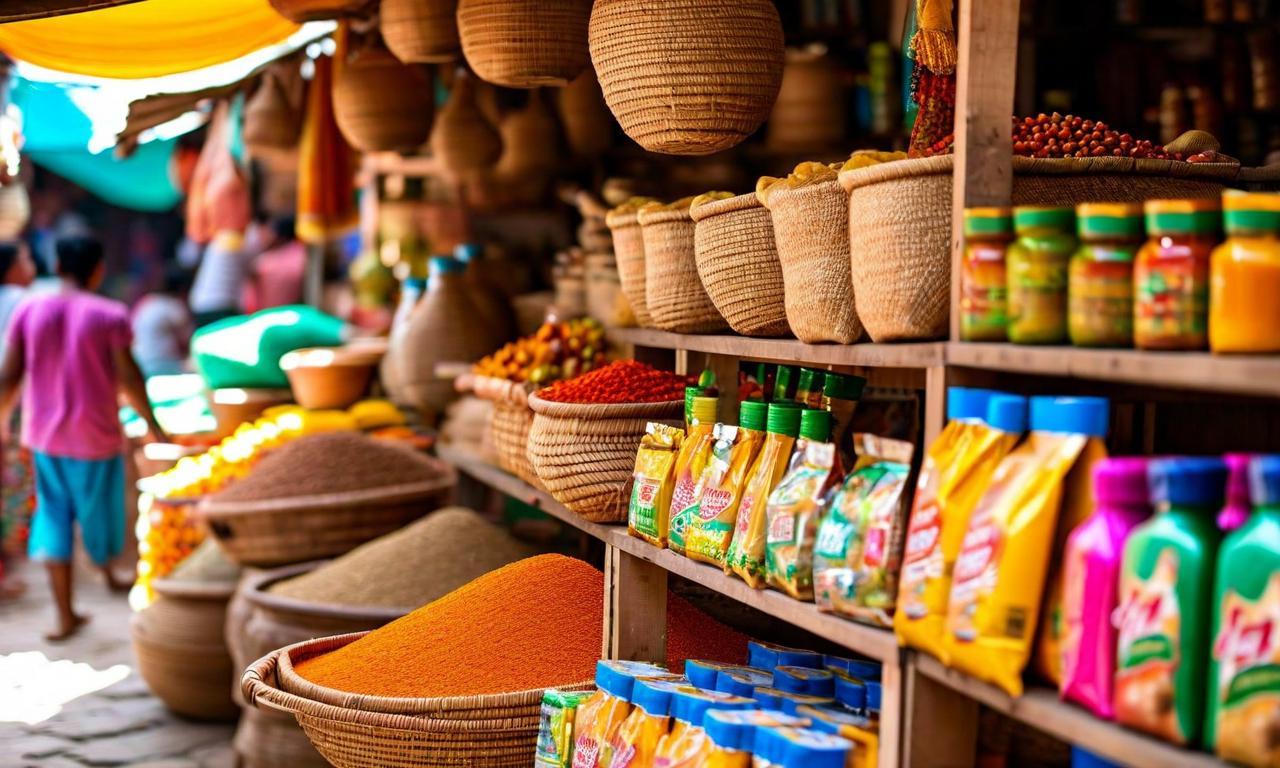Goldman Sachs Analyst: FMCG Sector Revival Needs More Time to Convince Investors
Goldman Sachs India Consumer Equity Analyst Arnab Mitra indicates a possible revival in India's mass consumption sector after prolonged underperformance. Positive factors include increased government fiscal transfers, moderated food inflation, income tax cuts, and upcoming GST cut benefits. Recent data shows promising aggregate volume growth and broad-based demand recovery. Staples currently offer better risk-reward ratios compared to discretionary goods. Digital platforms like Zepto, Swiggy, and Zomato are outperforming traditional retail in many segments. However, investors may need one or two more quarters of evidence for full conviction in sustainable growth.

*this image is generated using AI for illustrative purposes only.
Goldman Sachs India Consumer Equity Analyst Arnab Mitra has indicated that India's mass consumption sector may be on the cusp of a revival after a prolonged period of sluggish performance. However, investors might need one or two more quarters of evidence to be fully convinced of sustainable growth, given the sector's extended underperformance and unmet expectations.
Positive Factors Driving Potential Revival
Mitra highlighted several positive factors that could contribute to the sector's resurgence:
- Increased government fiscal transfers
- Moderated food inflation
- Income tax cuts
- Upcoming GST cut benefits
Recent Performance and Demand Recovery
The analyst noted encouraging signs in recent data:
- Promising aggregate volume growth over the last two quarters
- Broad-based demand recovery across most categories
Investment Perspective
From an investment standpoint, Mitra offered the following insights:
- Staples currently offer better risk-reward ratios compared to discretionary goods
- Discretionary items are expected to grow faster over the medium term
Digital Platforms Gaining Dominance
A significant trend highlighted by Mitra is the growing dominance of digital platforms in the FMCG sector:
- Platforms like Zepto, Swiggy, and Zomato are outperforming traditional retail and branded goods suppliers across many segments
Cautious Optimism
While the signs of revival are encouraging, the analyst's comments suggest a need for cautious optimism. Investors are likely to closely monitor the sector's performance in the coming quarters before fully embracing the potential turnaround in India's FMCG sector.
The potential revival of the FMCG sector, if sustained, could have significant implications for both investors and consumers in India. As the situation develops, stakeholders will be keenly watching for further evidence of growth and stability in this crucial segment of the Indian economy.



































